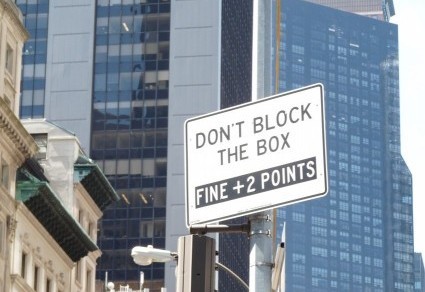A large number of signs advertise products or services of extraordinary value — or so they’d like you to believe. These more modest and likely more accurate signs are a refreshing counterpoint. First up is a notice posted on a building undergoing renovation:

Who indeed! I’d like to hire that contractor for my next project. The work may drag on, but at least I’ll have advance warning.
Next is a restaurant sign:

PRETTY HEALTHY FOOD is good enough for me, and probably more nutritious than more pretentiously labeled fare (artisanal, handcrafted, bespoke, etc.)
This merchant, like George Washington, cannot tell a lie:

Sign up for this EXCLUSIVE OFFER and receive ten letters, one per month, from the likes of George Washington and John F. Kennedy. The photo quality isn’t great, so I’ll retype the key phrase here: ORIGINAL REPRODUCTION. I’m not entirely sure what that means, but I’m glad the seller hasn’t robbed the National Archives or hired ghost writers. Actual ghosts, given the dearly departed status of the authors.
Last, and anything but least, is this correction issued by a media outlet in late 2020, before Kamala Harris took office:

Who knew that punctuation was audible to this degree of accuracy? I applaud the writer’s devotion to truth, really. Let me rephrase: I applaud the writer’s devotion to truth. Really.































